Neuroscience

Neurotransmitter receptors function via various G-protein coupled and G-protein independent mechanisms that activate downstream intracellular signaling pathways such as cAMP/PKA, PI3K/AKT, phospholipase A2, and phospholipase C pathways. For instance, dopamine receptors act through adenylate cyclase to activate PKA and other signaling molecules, thereby mediate gene expression through the actions of CREB and other transcription factors. Other neurotransmitters such as NMDAR or AMPAR are associated with ion channels that control flux of Ca2+ and Na+, thus propagating the action potential across the post-synaptic neuron.
Dysfunctions in GABAergic/glutamatergic/serotonergic/dopaminergic pathways result in a broad range of neurological disorders such as chronic pain, neurodegenerative diseases, and insomnia, as well as mental disorders including schizophrenia, bipolar disorder, depression, and addiction.
-
 B7546 ColivelinTarget: STATSummary: A neuroprotective peptide and activator of STAT3
B7546 ColivelinTarget: STATSummary: A neuroprotective peptide and activator of STAT3 -
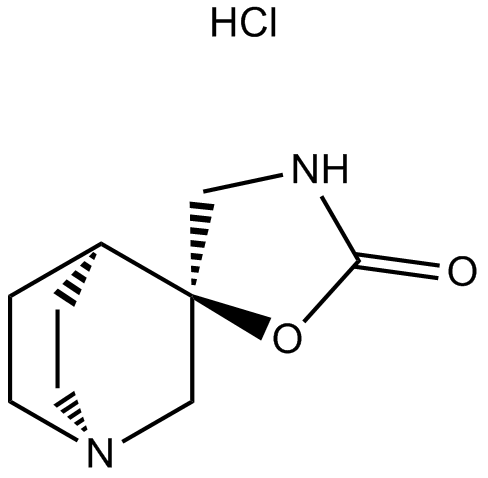 B7552 AR-R 17779 hydrochlorideSummary: Selective agonist of α7 nAChRs
B7552 AR-R 17779 hydrochlorideSummary: Selective agonist of α7 nAChRs -
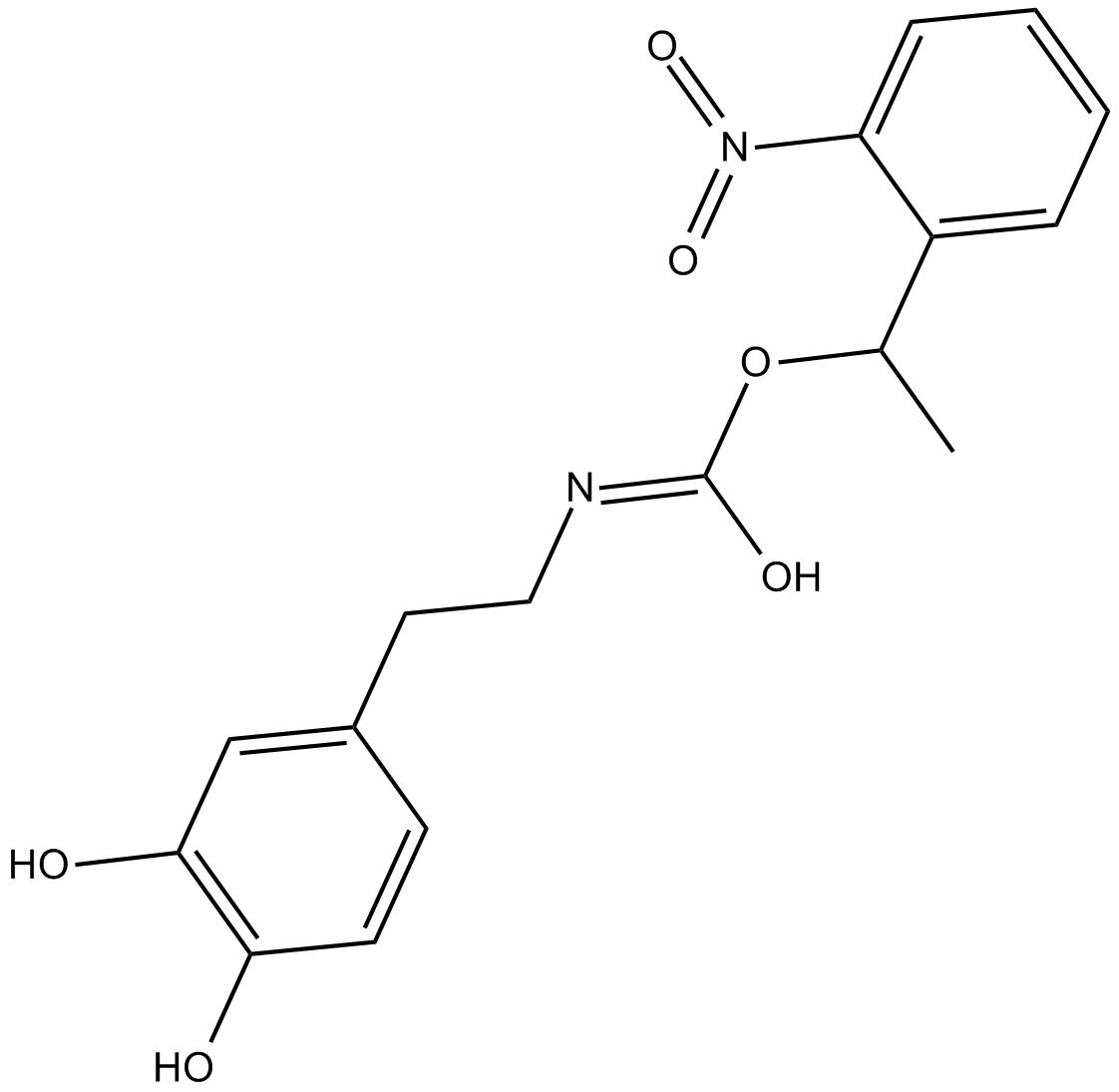 B7562 NPEC-caged-dopamineSummary: Dopamine receptor agonist
B7562 NPEC-caged-dopamineSummary: Dopamine receptor agonist -
 B7578 Flupenthixol dihydrochlorideSummary: Antipsychotic drug,exhibits antagonistic activity at dopamine D1-5 receptors
B7578 Flupenthixol dihydrochlorideSummary: Antipsychotic drug,exhibits antagonistic activity at dopamine D1-5 receptors -
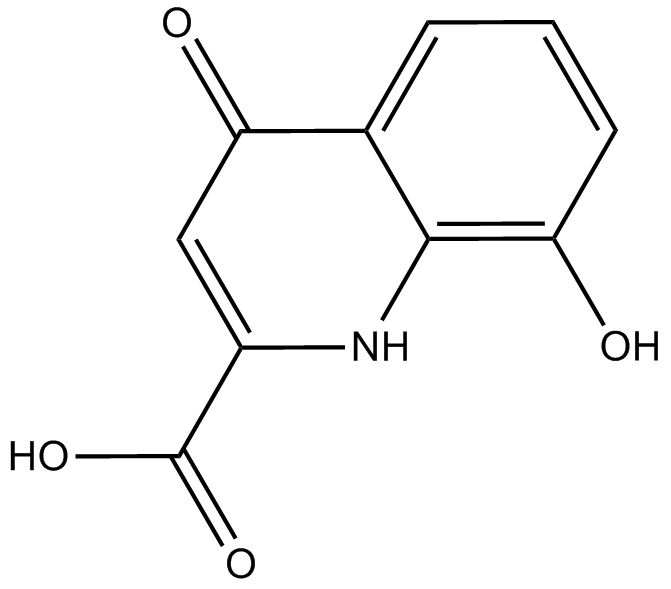 B7593 Xanthurenic acidSummary: group II mGlu receptor activator
B7593 Xanthurenic acidSummary: group II mGlu receptor activator -
 B5099 UB 165 fumarateSummary: Subtype-selective nicotinic agonist
B5099 UB 165 fumarateSummary: Subtype-selective nicotinic agonist -
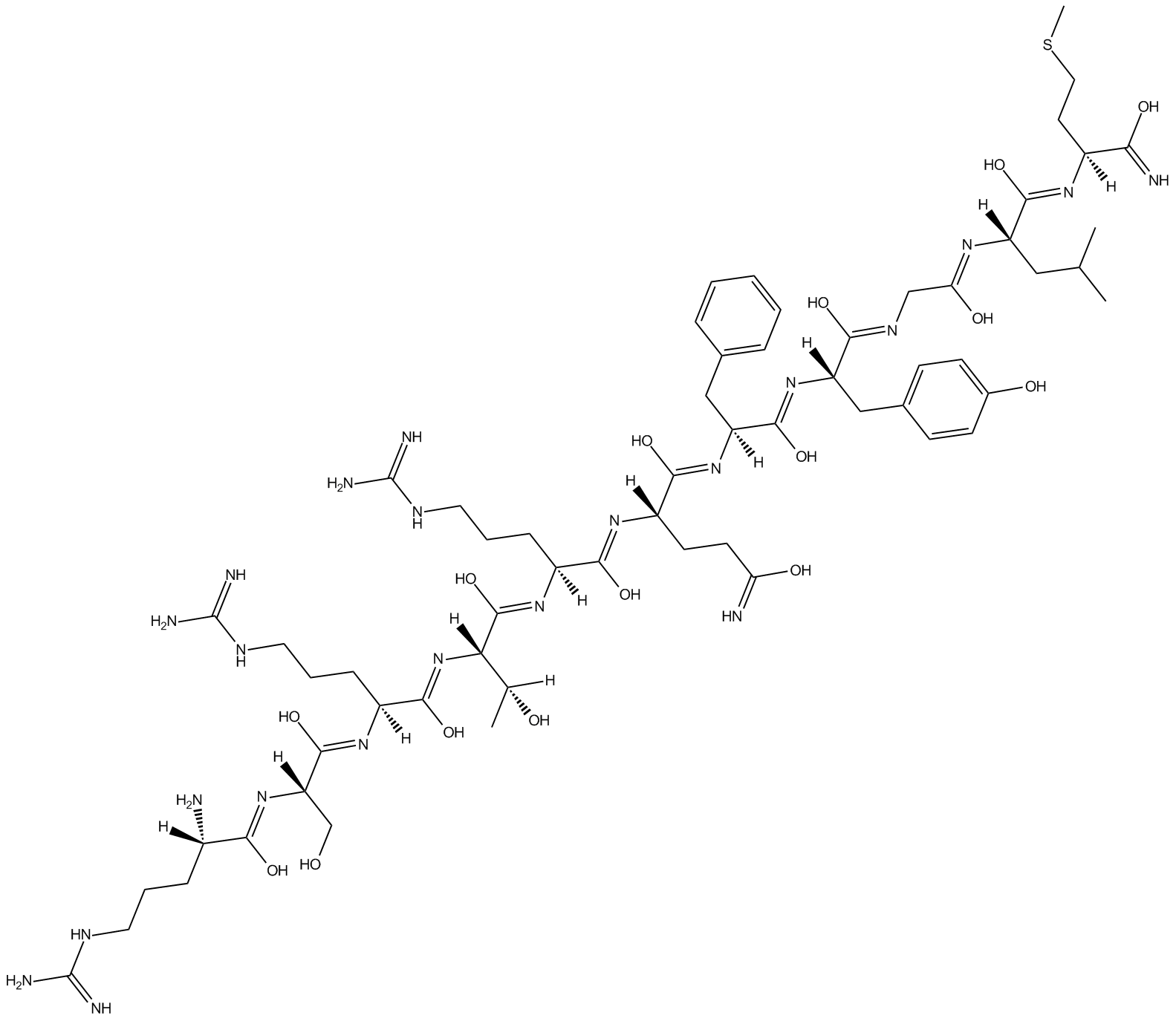 B5127 Hemokinin 1 (mouse)Summary: agonist at the tachykinin NK1 receptor
B5127 Hemokinin 1 (mouse)Summary: agonist at the tachykinin NK1 receptor -
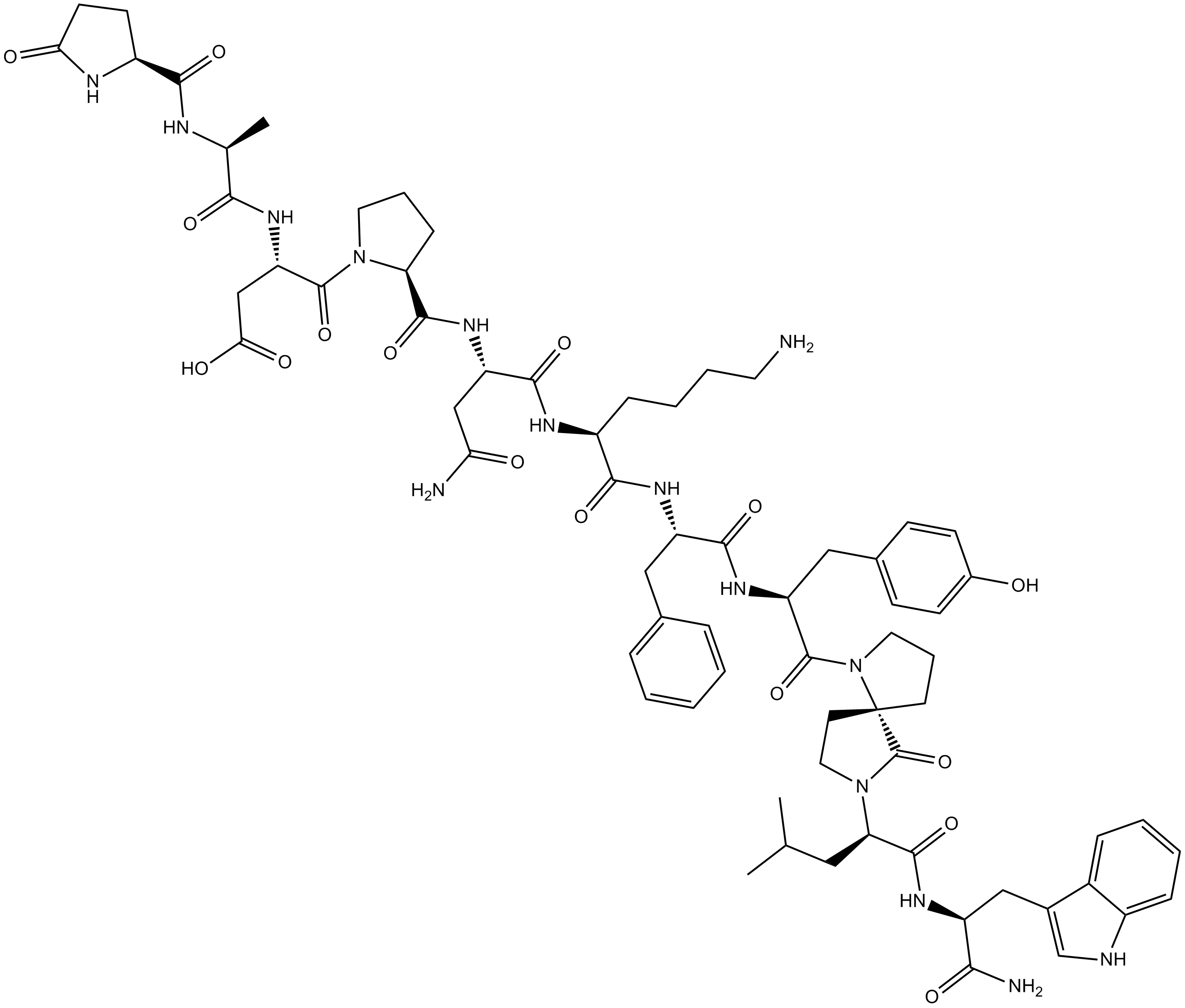 B5161 GR 82334Summary: Tachykinin NK1 receptor antagonist
B5161 GR 82334Summary: Tachykinin NK1 receptor antagonist -
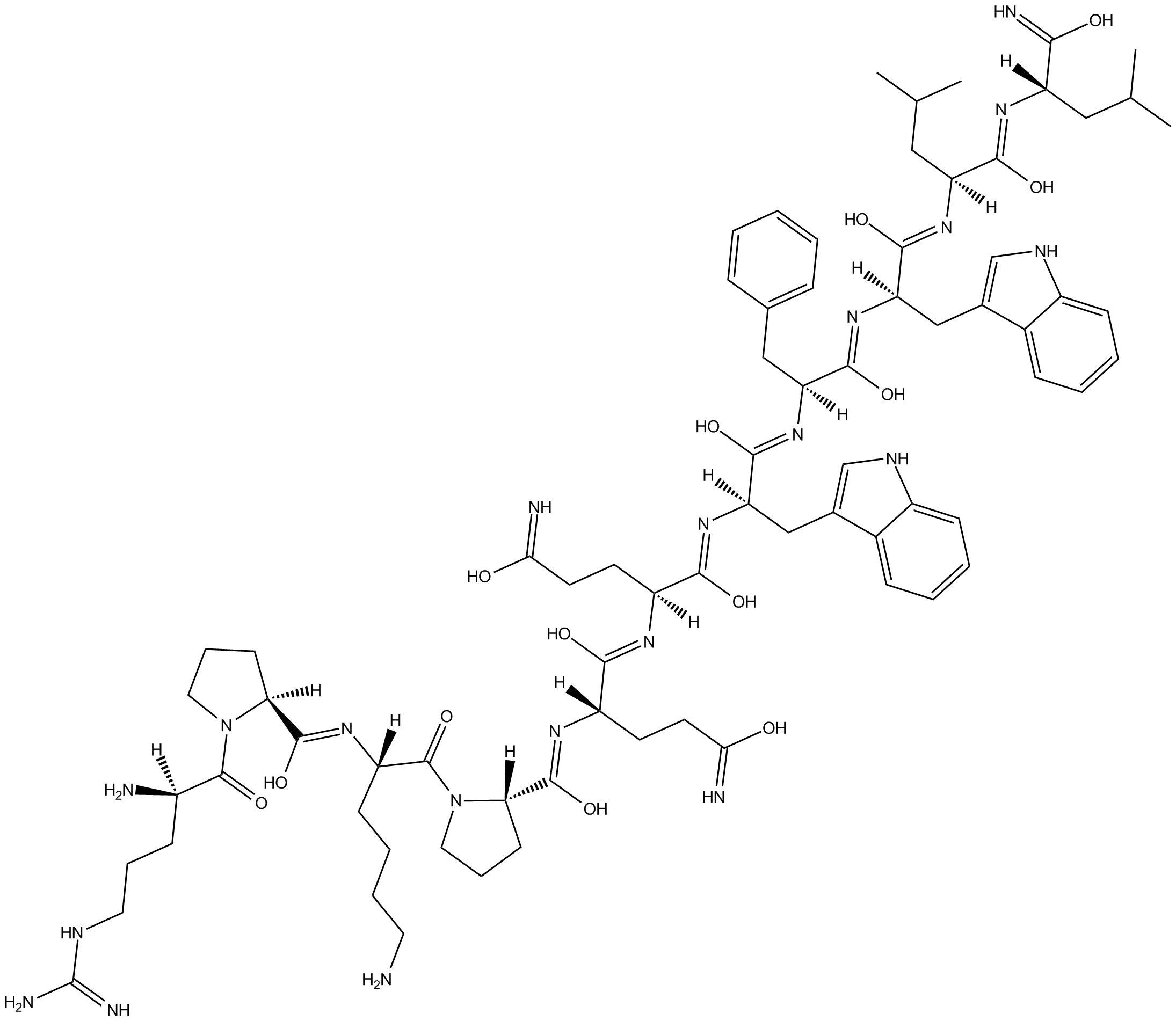 B5169 Spantide ISummary: Selective NK1 receptor antagonist
B5169 Spantide ISummary: Selective NK1 receptor antagonist -
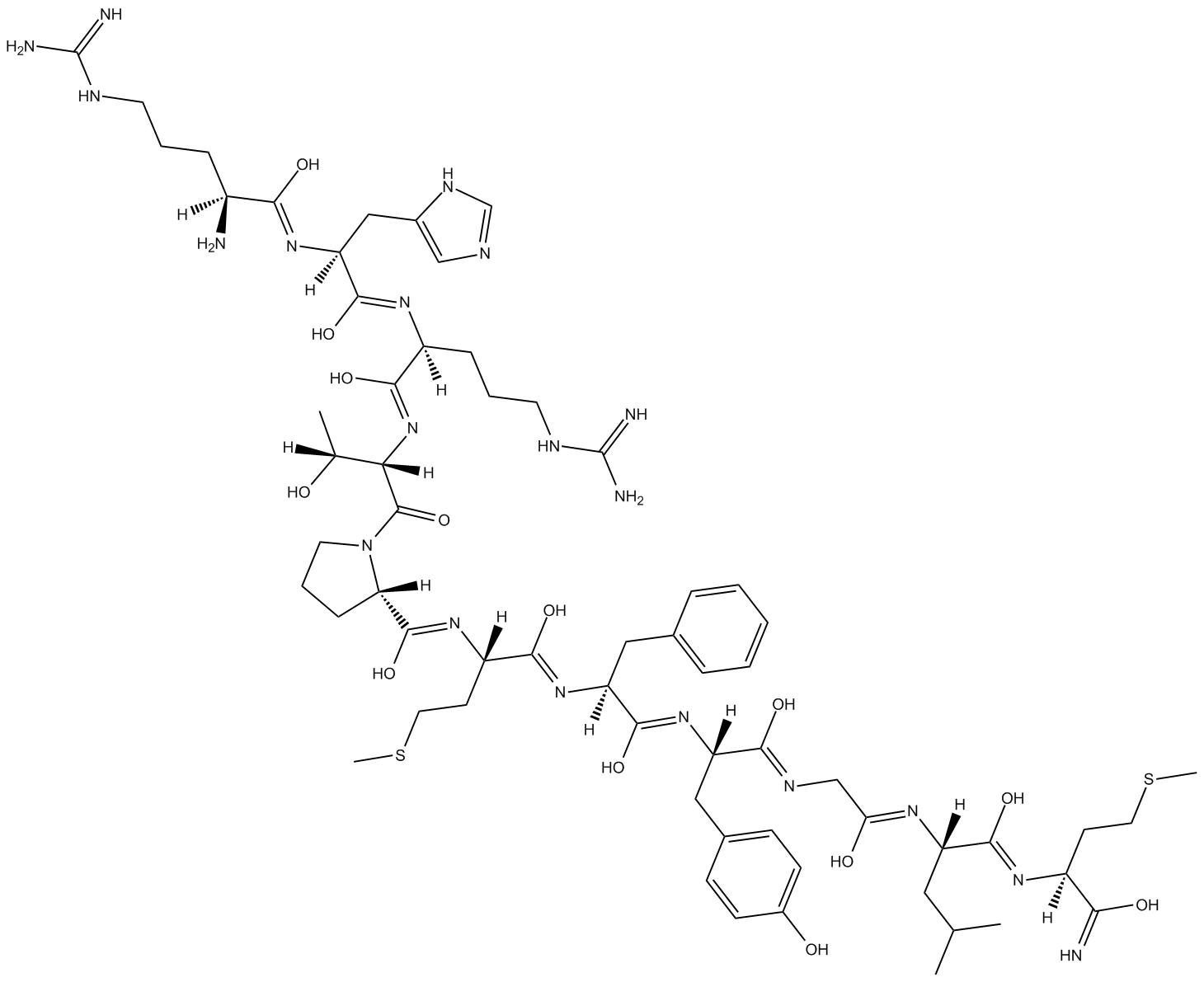 B5240 C14TKL-1Summary: potent agonist for NK1 receptors
B5240 C14TKL-1Summary: potent agonist for NK1 receptors

